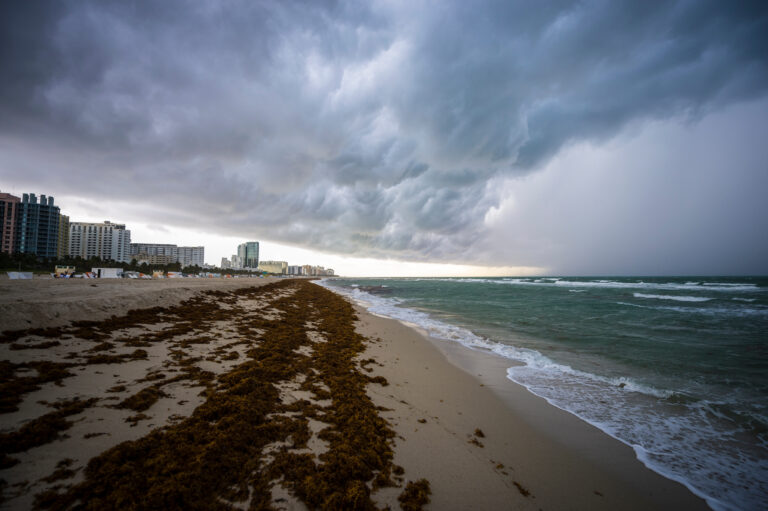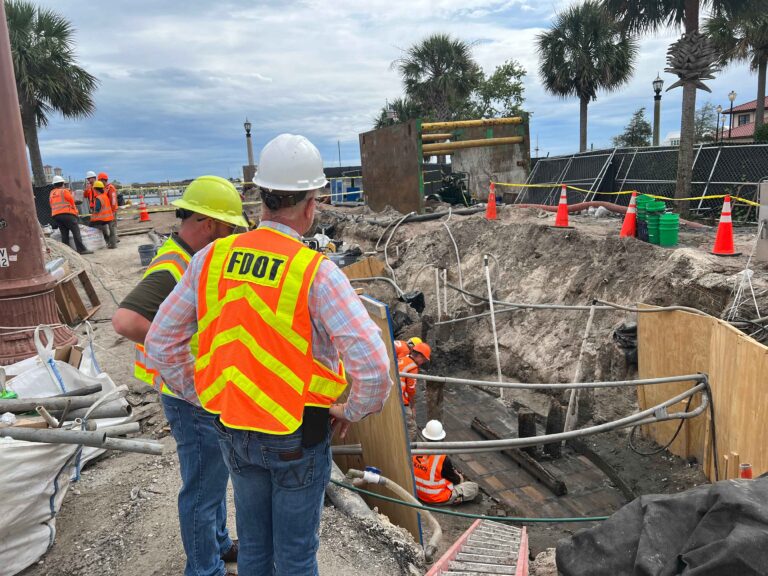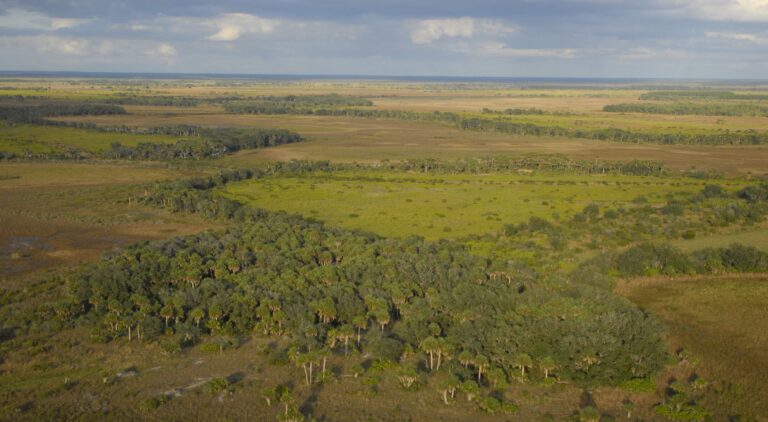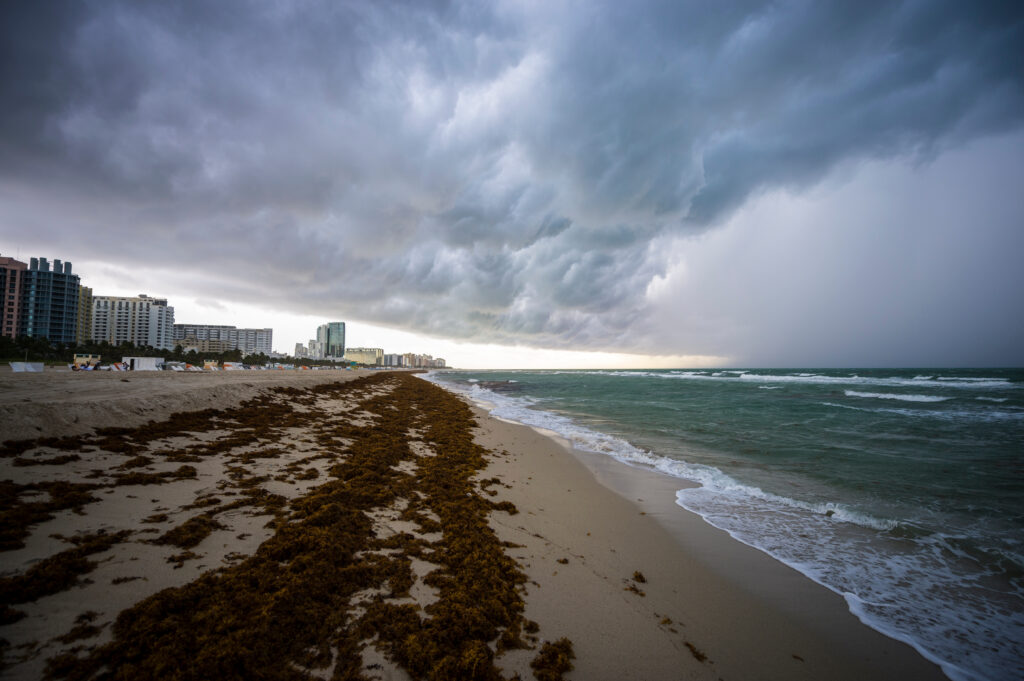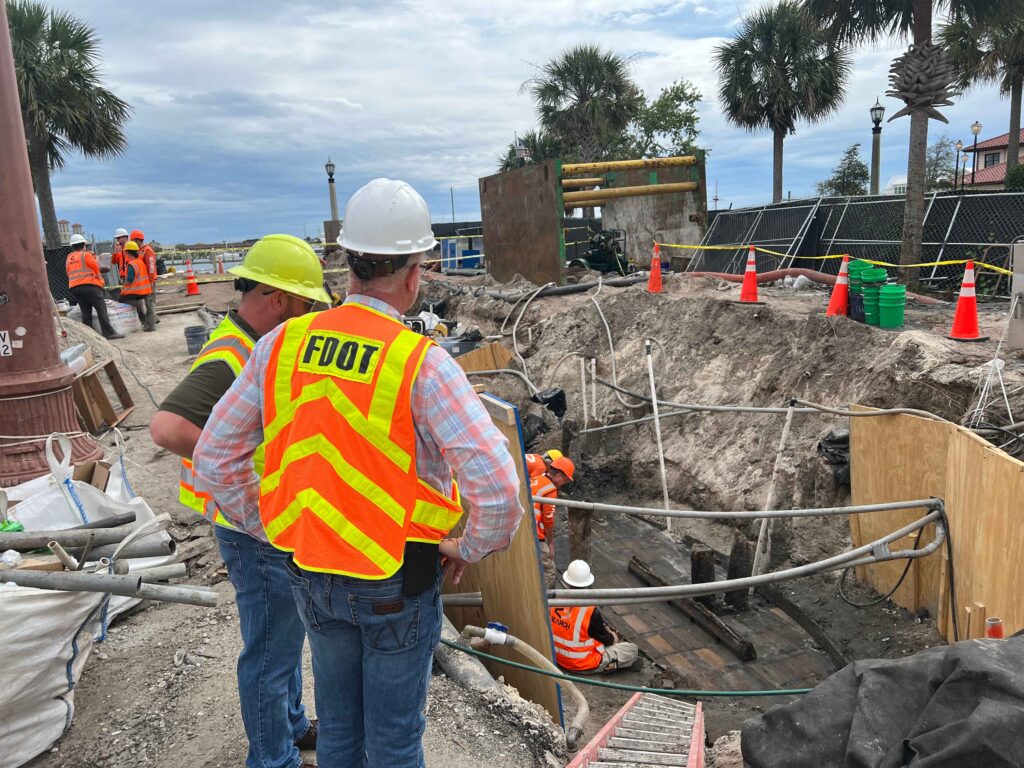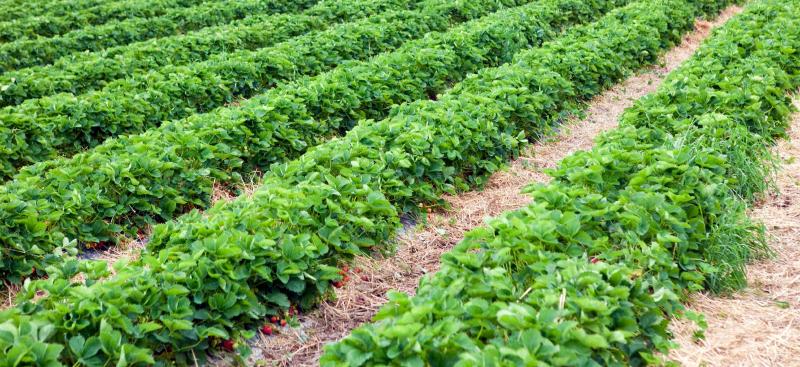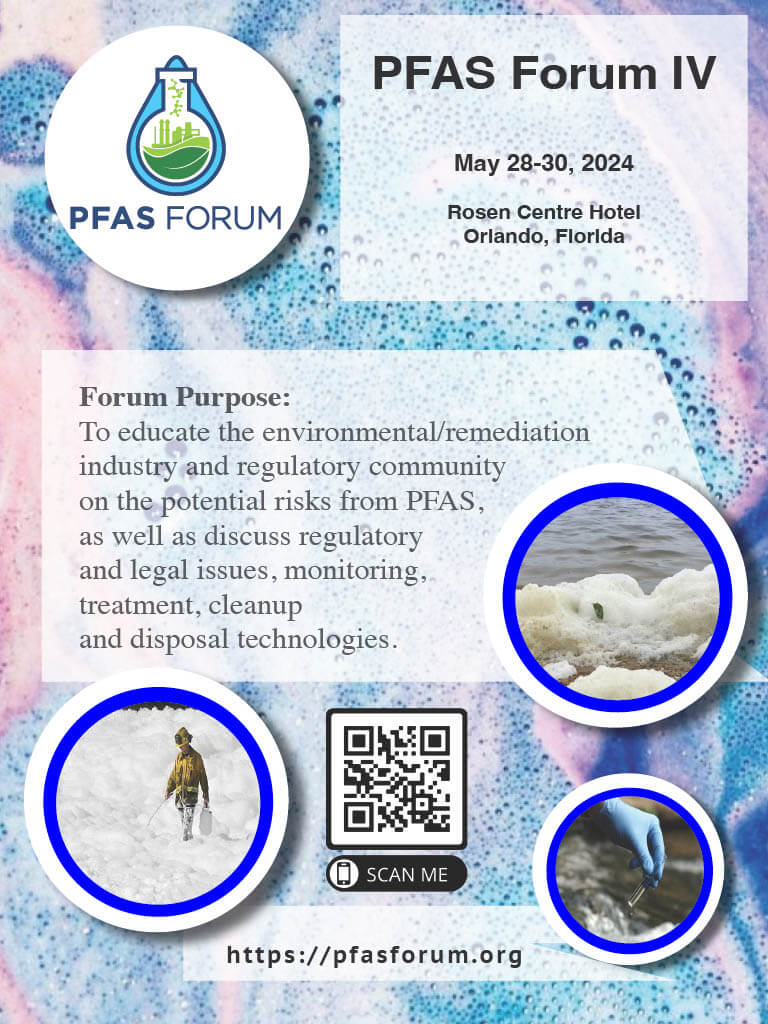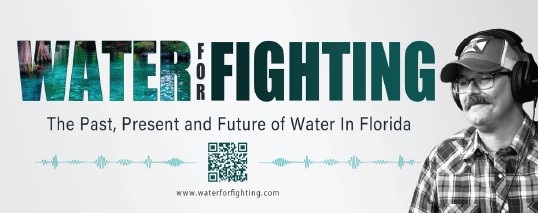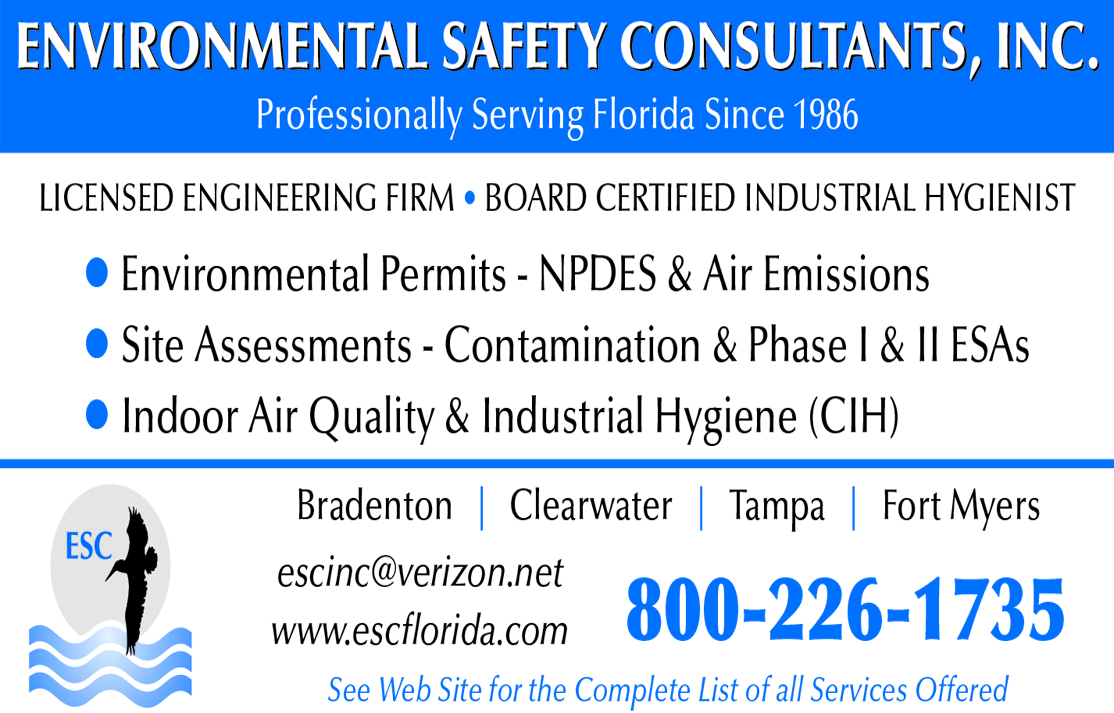By BLANCHE HARDY

A team of scientists, led by Dr. Natalia Soares Quinete, and including Maria Guerra de Navarro and Yosmely Rwyna at Florida International University’s Institute of Environment, Freshwater Resources Division recently published It’s raining PFAS in South Florida: Occurrence of per- and polyfluoroalkyl substances (PFAS) in wet atmospheric deposition from Miami-Dade, South Florida. The article appears in Volume 15, Issue 12 of the December 2024 issue of Atmospheric Pollution Research.
It is the first PFAS data collection for rainwater in South Florida. The study has determined that Miami has been identified as the U.S. city with the 3rd highest levels of PFAS pollution in groundwater among 44 locations assessed.
The Specifier reached out to the Florida International University team for insights into the results of the study.
What does the new discovery mean for rainwater infiltration of these chemicals?
Quinete: “We know from the water cycle that the water precipitates into the ground, and part of it can infiltrate soil and become groundwater. Therefore, part of PFAS in rainwater will end up in the groundwater. However, it is important to emphasize that PFAS levels detected in rainwater are low compared to previously reported groundwater levels (which has other sources besides rainwater). The relevance of our findings is tied to the PFAS profile and abundance trend. The identified PFAS and their abundance ratios indicate the influence of local or point sources of pollution, related to local human activities, as well as non-point sources, linked to long-range atmospheric transport. This was also evident in the variation in the concentration of certain PFAS and their seasonal variability.”
Dr. Quinete noted the amount of PFAS detected in the rainwater analyzed is below the National Drinking Water Standard, more specifically below established U.S. EPA Maximum Concentration Levels for the regulated PFAS (PFOS, PFOA, PFBS, PFNA, GenX and PFHxS). While the PFAS detected in rainwater will contribute to the overall composition of water supply the concentration levels detected by the Florida International University team are very low.
Considering Florida is a notable agricultural products producer, can the PFAS detected in rainwater represent a potential for human impact via infiltration or irrigation of consumable crops, animal grazing or consumption of fodder, or by contaminated rainwater and stormwater runoff entering sea life and fisheries?
Quinete: “Crops can accumulate PFAS, and the major sources are biosolids and irrigation water. As much as we expect that rainwater will contribute to the input of PFAS in the agriculture, the concentrations in rainwater are lower than in biosolids and potable water. The presence of PFAS in waterways can have a long-term effect, as these chemicals are extremely persistent, considered “forever chemicals”, so ecosystems may remain contaminated for decades or longer. PFAS are bioaccumulative and can build up in the food chain, accumulating in seafood and biomagnifying in the apex predators, including humans. Thus, rainwater and stormwater runoff could potentially impact agriculture, sea life, fisheries, and water quality in general, but also other ecosystems (e.g., forests). Stormwater runoff can also carry a mixture of different pollutants, including PFAS.”
Quinete explained that PFAS runoff can have consequences for any ecosystem, whether terrestrial or aquatic. However, freshwater, wetlands, coastal, and marine ecosystems are typically the most affected, though forests and groundwater could also be impacted.
The research team has also been assessing PFAS levels in wastewater and considering the low amounts they detected in the rainwater compared to the PFAS input from landfill leachates, domestic, including septic effluents, and industrial wastes, the contributions from rainwater to the wastewater systems are expected to be minimal. However, it was noted understanding the contribution from stormwater runoff would be valuable for further evaluation.
What strategies does the research team support to mitigate exposure?
Quinete: “While we have been assessing PFAS presence in the environment with the goal to understand its fate and transport, we have been collaborating in various projects that are testing different mitigation strategies, such as ultrasound, e-beam, and metal–organic frameworks (MOFs), among others, with the hope to find an effective solution for the PFAS issue. Nevertheless, the most employed remediation methods nowadays are activated carbon filters and reverse osmosis systems. We should also emphasize that the public can also reduce their PFAS exposure by limiting their use of products containing PFAS, like non-stick cookware and stain-resistant fabrics, treated carpets, avoiding fish from contaminated waterways, and making informed consumer choices and staying updated on PFAS regulation.”
The full article is available at: It’s raining PFAS in South Florida: Occurrence of per- and polyfluoroalkyl substances (PFAS) in wet atmospheric deposition from Miami-Dade, South Florida – ScienceDirect


